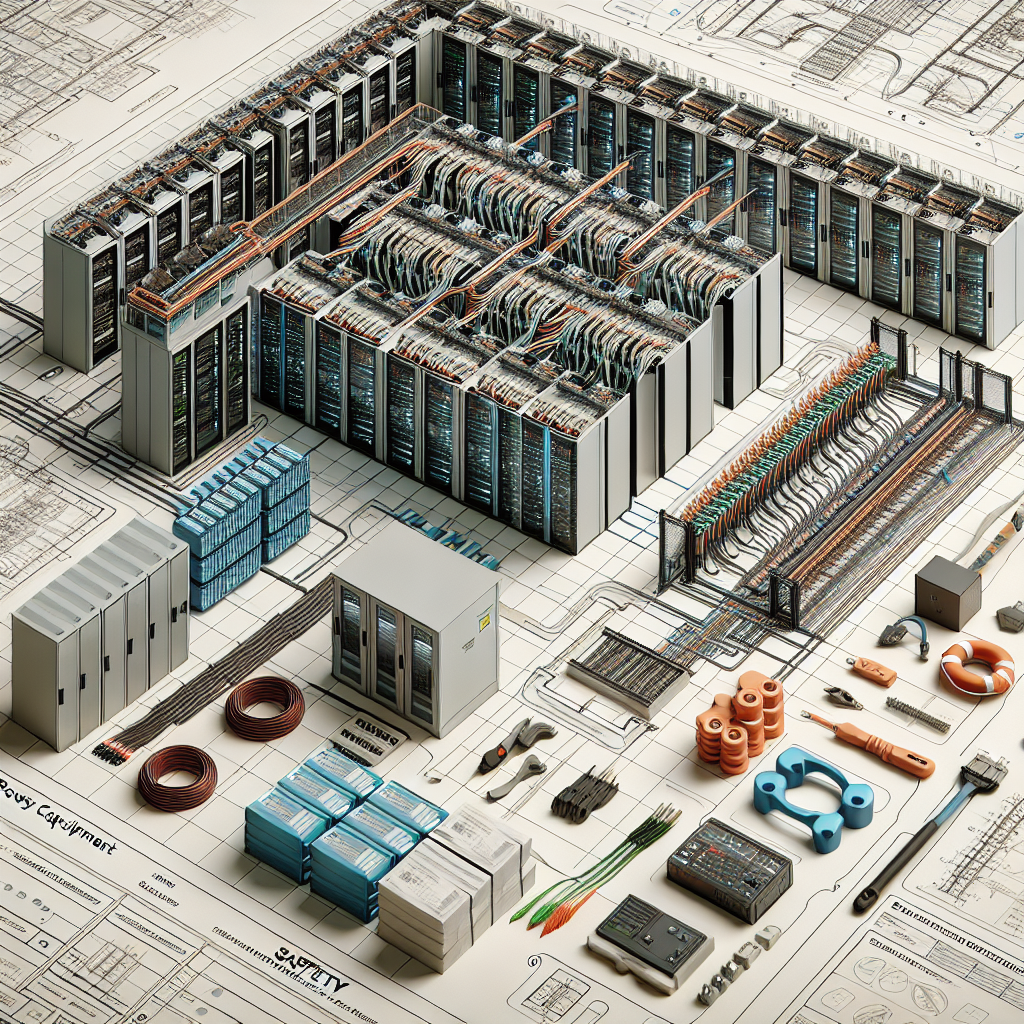Data centers are the nerve centers of modern businesses, housing the critical infrastructure that supports the digital operations of organizations. One of the key components of a data center is its power distribution system, which ensures that electricity is delivered reliably and efficiently to all the equipment and servers housed within the facility. Designing a robust power distribution system is crucial for ensuring the uninterrupted operation of a data center and minimizing the risk of costly downtime.
Here are some best practices for designing a robust power distribution system in data centers:
1. Redundancy: Redundancy is key to ensuring the reliability of a power distribution system. Data centers should have redundant power sources, such as multiple utility feeds or backup generators, to ensure that power is always available in the event of a failure. Redundant power distribution units (PDUs) and uninterruptible power supplies (UPSs) should also be deployed to provide backup power to critical equipment.
2. Scalability: A data center’s power distribution system should be designed with scalability in mind. As the demand for power grows, the power distribution system should be able to easily accommodate additional equipment and servers without the need for major upgrades or overhauls.
3. Proper grounding and bonding: Proper grounding and bonding are essential for ensuring the safety and reliability of a power distribution system. Data centers should adhere to industry standards and best practices for grounding and bonding to mitigate the risk of electrical hazards and equipment damage.
4. Monitoring and management: Data centers should implement robust monitoring and management systems for their power distribution infrastructure. Real-time monitoring of power usage, temperature, and other critical metrics can help identify potential issues before they escalate into major problems. Remote management capabilities also allow for quick response to power-related issues.
5. Energy efficiency: Energy efficiency is a key consideration in the design of a power distribution system. Data centers should implement energy-efficient power distribution equipment, such as high-efficiency UPSs and PDUs, to reduce power consumption and operating costs. Implementing energy-saving practices, such as hot aisle/cold aisle containment and airflow optimization, can also help improve the overall efficiency of a data center’s power distribution system.
6. Regular maintenance and testing: Regular maintenance and testing are essential for ensuring the reliability of a power distribution system. Data center operators should conduct routine inspections, testing, and maintenance of power distribution equipment to identify and address potential issues before they cause downtime. Scheduled load testing and battery testing for UPSs are also important to verify the system’s readiness in the event of a power outage.
In conclusion, designing a robust power distribution system is critical for ensuring the reliable operation of a data center. By following best practices such as implementing redundancy, scalability, proper grounding and bonding, monitoring and management, energy efficiency, and regular maintenance and testing, data center operators can minimize the risk of downtime and ensure the continuous availability of critical services.


Leave a Reply